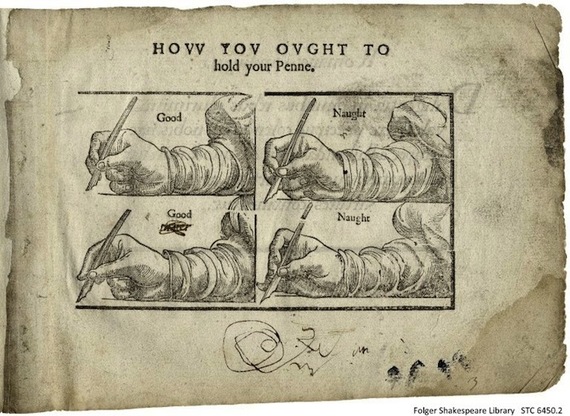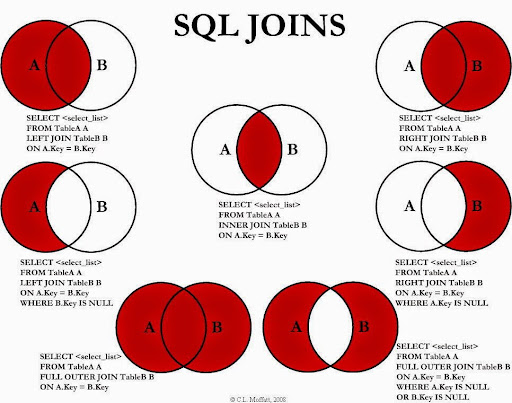Wow, thanks, @jhw. No wonder Jaden wants to be emancipated!
Will Smith has never spoken openly of his connections to the Church of Scientology, but they are well documented. Whether or not Smith is a devout member or simply curious about this Hollywood faith, he has visible ties to the group. In 2007, he donated $122,500 to several Scientology rehabilitation organizations. Two years later, he and wife Jada Pinkett Smith opened California's New Village Leadership Academy, a private school founded on the teachings of Scientology creator L. Ron Hubbard. Yet to this day, when asked about his own involvement, Smith suggests close friend Tom Cruise introduced him to the practices of Scientology, but that he's not a member. He's simply a "student of world religion."
The clearest evidence of Smith's investment in Scientology might be his newest blockbuster film — this weekend’s After Earth. Based on a story by Smith (and a script by Gary Whitta and director M. Night Shyamalan), the film is a father-son adventure that teams the superstar with his wunderkind offspring Jaden. Together, they traverse the dangerous landscapes of a creature-ridden future Earth. Surprisingly, what's been advertised as an Avatar remix plays out more like Battlefield Earth, another film that hews to the tropes of a science-fiction epic — just like Hubbard's doctrines for Scientology. Here’s how the film parallels the faith’s teachings:
The Movie's Villain Is Emotion
"Danger Is Real. Fear Is a Choice," reads the tagline on the After Earth posters. Its vast cosmology aside, at its core, Scientology is about setting doubts and conflict aside in order to value the self. That's the main hurdle for Jaden's character Kitai Raige, who finds himself failing to measure up to his commander father, Cypher. The film is set 1,000 years after humans have departed an ecologically devastated Earth. Mankind is asserting itself as an intergalactic military presence on the outskirts of the universe. There is only one problem: Their new planet, Nova Prime, hosts a vicious alien race that feeds on fear. Luckily they have Cypher — he's known as a "ghost," a human who can suppress his emotions and the accompanying pheromones that allow the aliens to sniff people out.In Scientology terms, Cypher is a properly cleansed "thetan," the Church's version of a soul. He's calm and collected, empowered without having to demonstrate that power. As Cypher puts it in the film, "fear is imaginary," and if a person is able to see past that illusion, they can be maximally effective. Kitai is the opposite of his father. In Church terms, he is a misguided thetan — full of rage, haunted by memories, and terrified when out of his comfort zone. He has a desire to be a hero, but it’s not instinctual. His choices are guided by what he thinks are his father's demands. Hubbard's writing has indicated that Scientology's goal is to rehabilitate a thetan's control over MEST (matter, energy, space, and time). Kitai’s journey over the course of the film is that pursuit. He must regain control over the physical world through management of his fear.
Will "Audits" Jaden Over the Course of the Movie
One of the most powerful moments in 2012's The Master is when Lancaster Dodd (Philip Seymour Hoffman) "processes" Freddie Quell (Joaquin Phoenix). An interrogation meant to peel back the layers of the emotionally damaged sailor, it's a riff on Scientology's practice of auditing. The Church believes people are stricken by engrams, mental images akin to memories that cause pain and confusion. Members of Scientology are audited to rid themselves of these emotional blockades by talking through them while using an E-meter (a device that tracks electrical resistance) to measure precisely where the engrams live.The bulk of After Earth is essentially that scene from The Master on a blockbuster scale. Following a crash landing on Earth, circumstances require Cypher to remain at a control panel while his son battles his way through the wild. Kitai can barely take a step outdoors without flashing back to a moment when he witnessed someone's death back home. Thankfully, Cypher is able to audit him from afar. Coached by his Dad, Kitai finds inner peace, the knowledge that he's stronger, faster, and more capable than anything Earth throws at him. Cypher even has a futuristic version of an E-meter at his disposal — Kitai's "Smart Fabric" suit delivers up-to-date health stats to his auditor. Heart rate is going up? Kitai must be lying or afraid or unable to cope with his pesky engrams.
Level Up
After Earth is essentially a map of Scientological development. It's a man-vs.-nature story because Scientology suggests that all of life is just that. Before Kitai is set on his journey of personal discovery, he trains to be a Ranger (like his father) in the fashion of Scientology students. Smith's New Village Leadership Academy is said to employ the techniques of "Study Tech," a Hubbard concept that focuses on climbing the ladder. Kitai's biggest woe is that he can't reach the next level of military school. That's par for the course in Scientology, where learning is described as a gradient, "a gradual approach to something, taken step by step, so that, finally, quite complicated and difficult activities or concepts can be achieved with relative ease." It’s one of the parts of Scientology that many have focused on — the idea of having to pay for classes in order to advance upwards through the religion’s levels. Some critics have compared After Earth's structure as being like that of a video game, Kitai going from level to level. That's really Study Tech.It's only when he reaches Earth and is audited by his father that the trainee looks inward and aligns himself with the priorities of Scientology. For the Church, life is subdivided into eight "urges of survival," known as dynamics. The first dynamic prioritizes survival of the individual over everything else. In the film, Kitai confronts harsh elements and outruns hoards of animals all to save his father, but he's only able to succeed because of self-actualization. Typically, a hero might pick up skills and adapt to an alien environment. Not in After Earth, where Kitai separates himself from everything he knows in life and invests in his potential invincibility. He quests on, trusting his own abilities even when there hasn't been an established reason to trust them.
Anti-Psychiatry Aliens?
With After Earth's Scientology roots in mind, every element starts to ring familiar in the context of the religion. The threatening alien, turned murderous by the scent of emotion, is a literalization of the organization's hard stance against psychiatric medicine. From the very beginning, Hubbard was critical of psychiatry, calling it an evasive practice that sidelined spiritual thinking. In his paper "Crime and Psychiatry," he claims that psychiatrists "advertise man as a push-button stimulus-response robot" and use inhumane practices to elicit response. That's the role of After Earth's blind, carnivorous beast, who hungers for fear while simultaneously provoking it.Without being too obvious, Smith has delivered an incredibly mainstream platform for the Church's ideology. After Earth’s subtext makes every beat feel like a nod to the lessons of L. Ron Hubbard. Fleeing Earth to another planet only to return to home mirrors the idea of thetan resurrection. The ship Cypher and Kitai take on their mission isn't that far off from the Douglas DC-8–esque ship that took Xenu's kidnapped souls to earth. And the prominently advertised volcano that functions as a backdrop to a large After Earth set piece? Just look at the cover to Hubbard's book that started it all —Dianetics.
















 From
From 


















 The
The 







